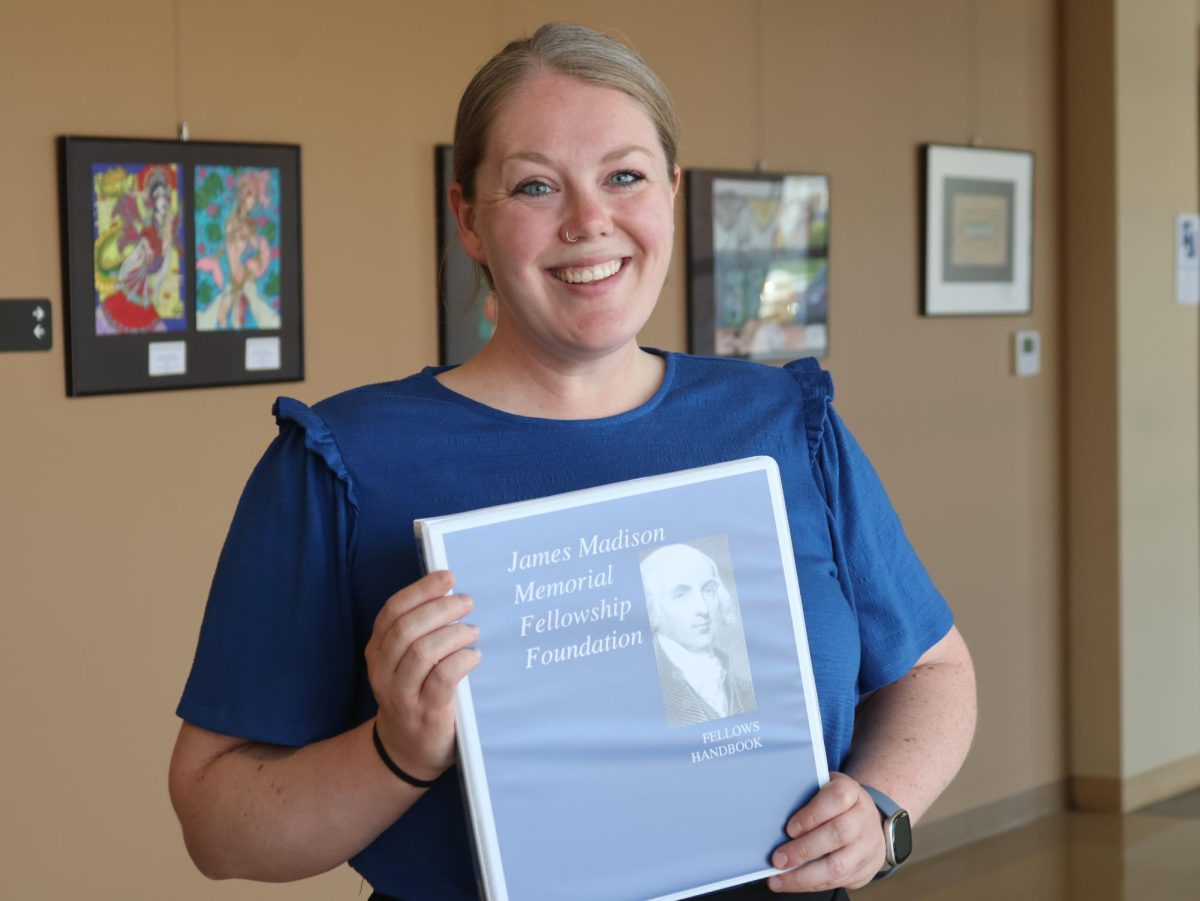Land at the southern end of Telegraph Road in Oakville near Jefferson County is once again being eyed for a large new subdivision, but even with the historic Fine-Eiler House on the property torn down, some of the neighbors are starting a campaign against the new homes for reasons ranging from water runoff to density.
In a videoconferenced public hearing Jan. 25 on the 26-acre, 53-home subdivision that developers McBride Homes and Oakville-based J.H. Berra are calling “Shadow Point,” the company addressed two of the primary reasons that a previous 57-home proposal at the site from homebuilder Pulte in 2014 was opposed by both St. Louis County planners and the Mehlville School District.
Unlike that previous development, Shadow Point will not have steep retaining walls and its streets will only connect to Telegraph Road, McBride representatives said at the hearing. In 2014, the county had objected to the safety of building 30-foot retaining walls in backyards with no fences, as Pulte called for in its 57-home proposal. The school district and Rogers Elementary Principal Patrick Keenoy questioned how subdivision streets exiting onto Fine Road would interfere with school traffic to and from Rogers, which is next to part of the site along Fine.
The county once approved a 99-house subdivision at the site that never happened. A vote on the latest subdivision could happen either March 1 or March 8, and was undecided at the time The Call went to press, acting Director of Planning Gail Choate told The Call.
But one of the obstacles to the site’s development, a farmhouse that preservationists considered one of the most historic houses in St. Louis County, is gone.
In response to a question from Oakville resident and commission Chair Wayne Hilzinger, engineer Jeremy Roth said that the historic house that sat on the property, the Fine-Eiler House, has been torn down. That was news to some of the neighbors attending the hearing.
At least one of the members of the Planning Commission cited the historic nature of the house as a reason to vote against the development in 2014. Pulte declined to build its subdivision around the house so it could still stand.
The house, also called the Fassen-Eiler Farmhouse, was the oldest house in Oakville and was built by Benjamin Fine on property from a Spanish land grant when he married Sara Sappington in the early 1800s. More than 40 years ago, the house was named a countywide landmark by the St. Louis County Historic Buildings Commission, which serves as an advisory body to the Planning Commission.
Missouri Preservation says on its website that the house, estimated to be built in 1857, was a “rare survivor in a rapidly suburbanizing St. Louis County landscape.”
But since the house was privately owned, it could still be torn down if the owners didn’t want it standing, which is the case here. Realtor Kelly Messmer said that the commission named the house as historic without the agreement of the property owners, who wanted to tear it down.
The property still challenges developers with a 100-foot slope from the high point to the low point, multiple utility lines crisscrossing the site and a creek that collects runoff and flooding from the nearby Meramec River. It has a “vast amount of trees,” and McBride is keeping roughly a third of that forest with 13.76 acres of common ground, said Katherine Moore, associate counsel for McBride.
McBride, which has the site under contract, has “extreme demand” from South County and believes that the houses of Shadow Point will fit in with surrounding subdivisions like Forest Creek and be “wildly successful,” Moore said.
“You can really see the vast amount of common ground and tree preservation we have planned to be a focal point and major aspect of this project,” Moore told the commission. “By having all this green space common ground, it will also serve as natural buffers to … adjacent properties.”
The company plans to build its Oakwood line of “extremely popular upscale homes,” with prices ranging from the high $300,000s to the high $400,000s and up, depending on interior finishes. All the houses will have two-car garages. Lots are all 60 feet across, with an average size of 8,416 square feet.
Moore noted that the company could build many more houses if it added retaining walls, but is choosing not to.
But some of the neighbors of the new houses are skeptical. Chris Willcut, whose mother lives in the nearby Eiler Estates subdivision, started a petition against the project. It can be accessed on Change.org at http://chng.it/g9QgmZC4zM.
Willcut, whose aunt is selling the property that will be the subdivision, hopes to delay the project to get more word out because of the pandemic. He and the roughly 50 other neighbors who had signed the petition at press time are also concerned about flooding, blasting and traffic on Telegraph.
“We kind of feel it has been hidden by the COVID situation,” Willcut told The Call. “People have brought that up to me: ‘They kind of snuck that in, didn’t they?’ We’re just trying to get it to go our way a little bit.”
Although Moore said stormwater retention will be approved by the Metropolitan St. Louis Sewer District, several residents shared concerns about possible water runoff to their homes at the hearing. Others worried about property values.
Planning Commission member Bill Sneed, who also lives in Oakville, brought up flooding: “Those residences with that elevation are significantly below where these homes are going to be and they’ve taken a lot of water off there, and you’ll have to take it somewhere before it hits that creek.”
Forest Creek resident Phyllis Hall wondered about the trees that will be clear-cut: “Although they say they’re not taking out many trees, it looks like near our subdivision almost half the area’s going to be deforested so I’m a little bit concerned. … After the construction … how is that monitored for all the erosion that can happen?”
Neighbor Douglas Morrell, who has lived on Forest Lane for three years, said he has seen several Meramec floods that don’t even compare to historical floods, “but as far as I was concerned it was pretty high. I think if you’re going to add more runoff,” the retention ponds must be strategically located. Morrell also challenged the density of the proposed subdivision, questioning the 5-foot side yards that only leave 10 feet between houses.
“There’s a lot of small lots as far as I’m concerned … in the 7,000-square-foot range, which is kind of puny for this area,” said Morrell. “I’m a pragmatist, I know every square inch of land in South County is going to get developed one way or another. But this particular project feels quite dense and cramped to me.”



















